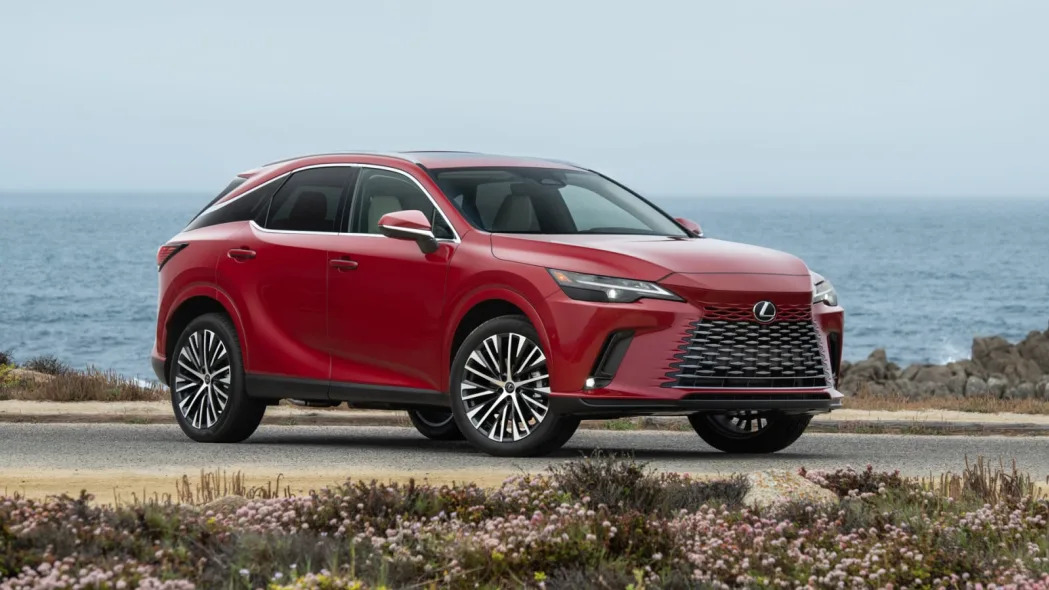Car terms can be confusing, and to add to that, they also tend to evolve and change over time. Among sport utility vehicles (SUVs), you have several footprints that range from subcompact to full-size, two-row, three-row, and don’t even get us started with “coupe-like” SUVs. One term you hear that may seem a bit nebulous is “crossover” or “crossover SUV,” sometimes shortened to “CUV.”
So what exactly is a crossover, and what sets it apart from traditional SUVs? Crossovers use a unibody platform, while traditional SUVs are body-on-frame.
Many early SUVs, such as the Toyota 4Runner, were built on existing pickup truck platforms. These platforms, known as body-on-frame, start with a sturdy ladder frame to which the engine, drivetrain and suspension are bolted. The passenger compartment and body are then affixed to the frame. As SUVs exploded in popularity, carmakers made the shift away from body-on-frame truck bases to unibody construction, which has been the norm for passenger cars for decades. There are still several body-on-frame SUVs still being produced, including the Cadillac Escalade, related Chevrolet Suburban and Tahoe, Jeep Wagoneer and Wrangler, Toyota Sequoia, Ford Expedition and Lincoln Navigator.
 The Toyota 4Runner is a body-on-frame SUV.
The Toyota 4Runner is a body-on-frame SUV.
Unibody cars lack the sturdy underlying ladder frame and instead use the body and chassis together as stressed members. This switch came with many benefits, including a more comfortable ride quality, a quieter cabin, lighter weight and improved fuel economy. On the downside, most unibody SUVs couldn’t match their truck-based rivals when it came to towing or off-roading. Of course, there are always exceptions as the all-terrain-capable Land Rover Defender is now a unibody SUV.
The term “crossover” began to take hold in the late 1990s as some existing unibody sedan platforms were being repurposed for SUV duty. One of the earliest was the Lexus RX, which altered the structure of the existing Lexus ES, and Toyota Avalon and Camry. In addition to the aforementioned benefits of going to a unibody platform, carmakers also save quite a bit of development money compared to the costs of developing new vehicles and engines from scratch.
 The Lexus RX is a unibody crossover.
The Lexus RX is a unibody crossover.
In the decades since, the crossover term has lost much of its original meaning, though in some cases it still applies. Nowadays, it’s used informally on most smaller SUVs, whether or not it’s based on a passenger car. Take Ford and GM for example. Neither produces a sedan to base an SUV off of, but you’re still likely to hear “crossover” in a dealership or casual conversation, but less so in official communications or ads. With the rise of electric vehicles that are built upon a skateboard-like platform, the lines will blur even further.
You wouldn’t be technically wrong for correcting someone’s misuse of the word “crossover”, but considering how generic the term has become, you would likely be considered annoyingly pedantic, so use this knowledge responsibly.







